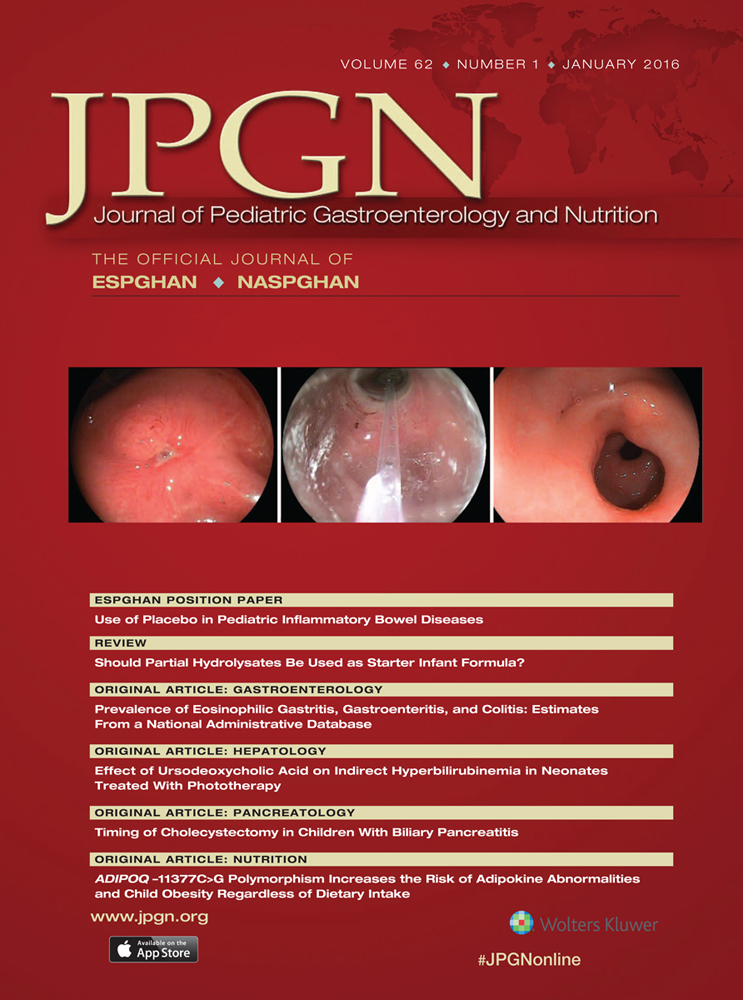Early Gut Colonization With Lactobacilli and Staphylococcus in Infants
The Hygiene Hypothesis Extended
www.clinicaltrials.gov registration number: NCT00503789.
This study was funded by Mead Johnson Nutrition.
D.S. works at Clinical Research, Department of Medical Affairs, Mead Johnson Nutrition (Evansville, IN). The other authors report no conflicts of interest.
ABSTRACT
Objectives:
The aim of the present study was to assess the mode of delivery and type-of-feeding impact on gut microbiota. We demonstrated higher fecal bifidobacteria in infants who were breast-fed (BF) or fed formula with prebiotics polydextrose (PDX) and galactooligosaccharides (GOS) versus formula without prebiotics. Here, we tested feces of that cohort for lactobacilli and Staphylococcus aureus, 2 types of bacteria present in breast milk.
Methods:
In a double-blind, randomized study, 21- to 30-day-old term infants vaginally delivered and exclusively formula-fed received a cow's milk–based formula (control, n = 80) or the same formula with 4 g/L (1:1 ratio) of PDX/GOS (PDX/GOS, n = 77). A reference BF group (n = 71) was included. Stool samples were obtained at baseline and after 30 and 60 days of feeding to assess fecal bacteria by quantitative real-time polymerase chain reaction.
Results:
Pairwise comparisons between baseline-adjusted means log10 colony-forming unit per gram feces of total lactobacilli counts (8.37 in control, 8.46 in PDX/GOS, and 8.42 in BF) showed a significant difference only between PDX/GOS and control at 30 and 60 days combined (P = 0.035), utilizing generalized estimating equations method. Baseline-adjusted odds ratio (OR) of colonization with S aureus was lower in control (OR 0.47, 95% confidence interval 0.22–1.00, P = 0.049) and PDX/GOS (OR 0.44, 95% confidence interval 0.21–0.94, P = 0.03) groups versus the BF group.
Conclusions:
Bacteria found in breast milk, such as lactobacilli and S aureus can also be found in infant feces. S aureus, traditionally considered harmful, may aid in educating the coevolving immune system. Modifying formula by adding prebiotics may bring gut microbiota closer to that of BF infants in terms of beneficial microbes.




